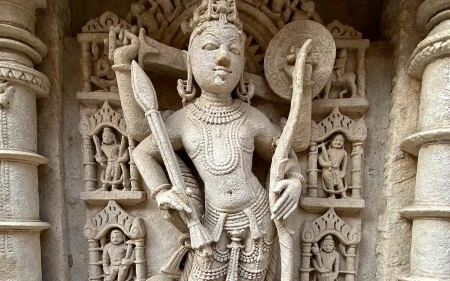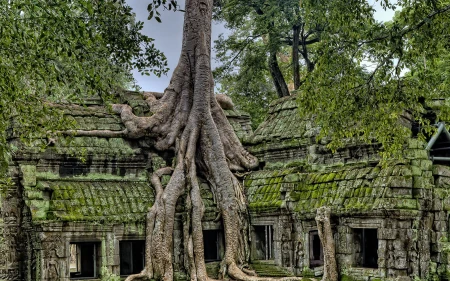
Cultural Evolution: Change & Adaptation
Cultural evolution is the fascinating process through which societies change and adapt over time. From language and beliefs to technology and art, cultural evolution shapes the way we interact with the world and with one another. In this article, we'll explore the driving forces behind cultural evolution and highlight some notable examples of change and adaptation throughout history.
Forces Driving Cultural Evolution
Several factors contribute to the development and transformation of cultures. Here are some of the key drivers of cultural evolution:
- Environment: Changes in climate or geography can lead to shifts in cultural practices, as societies adapt to new conditions.
- Technology: Technological advancements can revolutionize the way people communicate, work, and live, leading to significant cultural changes.
- Migration: The movement of people can introduce new ideas, beliefs, and practices, influencing the evolution of both the migrants' culture and the culture of their new home.
- Interaction: Contact between different cultures can lead to the exchange of ideas and the blending or clashing of cultural elements.
Examples of Cultural Evolution in Action
Throughout history, there have been numerous instances of cultural change and adaptation. Here are a few noteworthy examples:
- Language evolution: Over time, languages can change through the introduction of new words, the evolution of grammar, or the influence of other languages. For example, the English language has evolved from its Germanic roots to incorporate elements of Latin, French, and other languages.
- Religious syncretism: This occurs when two or more religious traditions merge, creating a new belief system. An example is the blending of indigenous African religious practices with Christianity in the Americas during the colonial period.
- Culinary fusion: As people travel and exchange ideas, they often introduce new ingredients and cooking techniques, leading to the creation of unique fusion cuisines. Examples include Tex-Mex cuisine, which combines Mexican and American culinary traditions, and Indo-Chinese cuisine, which blends Indian and Chinese flavors.
- Artistic innovation: New artistic styles and movements often emerge in response to societal changes or as a result of cross-cultural influences. For example, the European Renaissance was fueled by a renewed interest in classical Greek and Roman art, while the American Abstract Expressionism movement was influenced by European modernism.
Understanding cultural evolution helps us appreciate the rich tapestry of human history and the diverse cultural landscapes that exist today. By embracing change and adaptation, we can foster a more inclusive and dynamic world that celebrates the power of human creativity and innovation.


















